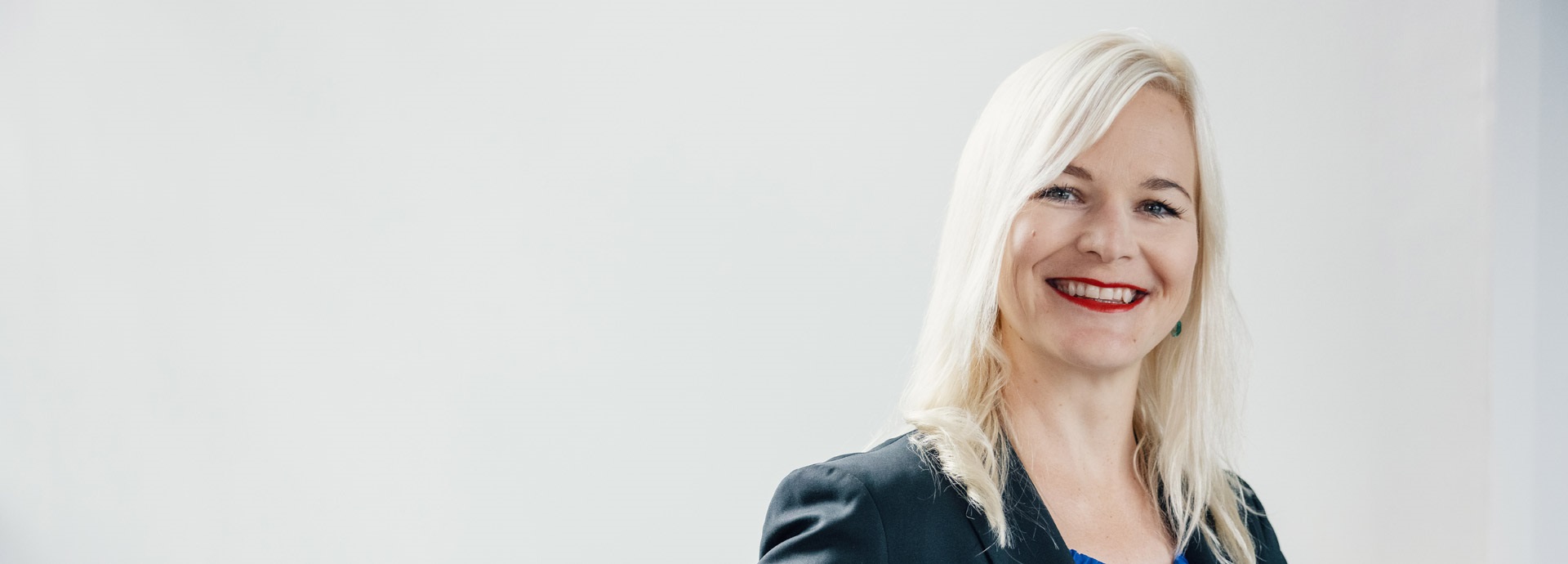

What does the current energy investment landscape look like? VP of Investor Relations Hanna-Maria Heikkinen describes investment drivers in the power generation sector – and explains why Wärtsilä opened CEO and CFO calls to everyone.
“During the past few years, the world has been afflicted with a number of hard-to-predict events, or Black Swans, as investors call them. First Covid-19, then the war in Ukraine – and as a result of the war, the return of inflation and an energy crisis in Europe,” says Heikkinen.
In the current inflation environment, investors are seeking companies that have solid margins and stable cash flows.
“It is simply not enough to have growing net sales with low margins,” Heikkinen emphasises.
“When interest rates increased rapidly in 2022, the discount rates for equities increased as well. Especially companies with high expected growth rates suffered. The longer it takes to get the growth, the bigger the risks are. In today’s market, this equals lower value.”
In 2022, European industrials were one of the most underweighted sectors.
“Investors have been worried about the availability and higher cost of energy, as industrial companies are typically very energy intensive. Naturally when a certain sector is out of favour, it may provide an opportunity in the long term if the sector becomes more favoured,” Heikkinen reminds.
Top investment trends: renewables and decarbonisation
Renewable energy investments are projected to be one of the top investment trends for 2023. Investors are also showing strong interest in companies that benefit from decarbonisation.
“Interest in renewable energy related investments and decarbonisation has logically risen hand-in-hand with the energy crisis, as everyone wants to end dependence on fossil fuels and secure energy supply,” Heikkinen says.
Heikkinen mentions that there may even be a super cycle coming for decarbonisation investments.
“While this sounds exciting, some investors have pointed out that in the past, many companies have not been able to generate high returns during super cycles. Above all, investors are looking for companies with profitable growth and stable business models. In practise this means that project business companies have lower valuations than companies with successful service business.”
2022 was a challenging year for ESG investment strategies
While renewables and decarbonisation are generating heightened interest, after 2022, some investors have concerns about ESG investing.
“ESG investing is used as an umbrella term for investing in companies with solid track records in environmental, social and governance issues. For years ESG investing has been a highly popular strategy, because it has had a good risk-reward ratio, and of course almost everybody wants to invest in a sustainable manner,” Heikkinen says.
Yet 2022 was a challenging year for many ESG investment strategies. Sustainable investments had lower returns than index funds.
“Although this may have alarmed some investors, you have to remember that the valuations for companies with strong ESG fundamentals skyrocketed in 2021. I believe that ESG investing will be a strong trend in the future as well, especially as corporate sustainability reporting becomes more standardised,” Heikkinen affirms.
Wärtsilä democratised investor relations
Before embarking on a career in investor relations, Heikkinen worked as an analyst. Her first-hand experience has given her insight into what investors want.
“I remember my first day as an analyst. I was sent to a result publication event with a key piece of advice from my supervisor: write down what the other analysts ask. One of the main things every investor wants to know is what other investors are thinking,” Heikkinen explains.
Heikkinen knows that investors of all sizes have their work cut out for them navigating the current markets. In 2022, Wärtsilä IR democratised investor relations and opened CEO and CFO calls to everyone.
“Regardless of their portfolio size, all investors are equally welcome to join our calls or listen to the recordings on our website,” says Heikkinen.
“I am proud to say that we were a frontrunner in democratising investor relations. Investor equality is not yet a common policy in investor relations. Our open calls ensure that everyone has access to exactly the same information – including the questions that other investors ask.”
Wärtsilä IR has organised three large calls every quarter: a result call, a mid-quarter call with the CEO, and a pre-silent call with the CFO. Wärtsilä also publishes a summary of hot topics that recaps frequently asked questions and answers in investor meetings, as well as summaries of the open calls in an IR blog.
“It is important to understand where one invests in. Sometimes there is turbulence in the market, and in turbulent times knowledge helps. Behind every stock there is a company, and companies can be very different,” Heikkinen notes.
“When most investors feel depressed, it may be a good time to make long term investments. Nobody knows where the market is heading in the short term, but historically, equities has been the asset class to generate the highest returns. Wärtsilä is an investment in more sustainable energy and marine business. We have good growth opportunities and a target to double our profitability from current levels,” Heikkinen concludes.
In January 2023, The Finnish Foundation for Share Promotion nominated Hanna-Maria Heikkinen as a finalist for the award: Head of Investor Relations of the Year. Heikkinen’s work to significantly promote the position of private investors by opening Wärtsilä's regular pre-silent and mid-quarter analyst calls to all investors was listed as one of the key reasons for her nomination.